How do you feel about teaching figurative language?
It’s as easy as pie… or at least that’s what I hope my students say after I’ve taught them about this fun aspect of the English language.
Figurative language is one of my absolute favorite things to teach. It’s so fun when students realize that some of the most common expressions and phrases they hear have a secret or hidden meaning.
Once students start to understand and become aware of things like metaphors, similes, and idioms, they see examples of them everywhere and they start experimenting with using them in their own writing.
I’ve got 5 tips I’m going to share with you that will help you teach figurative language to your students.
Now maybe you like to start your year with figurative language and weave it into your reading and writing block throughout the entire year. Or maybe you like to jam pack all things figurative language into one unit during the second semester, in either case, I hope these tips will help you and your students have a little more fun with figurative language.
Tip #1: Explicitly teach the various types of figurative language.
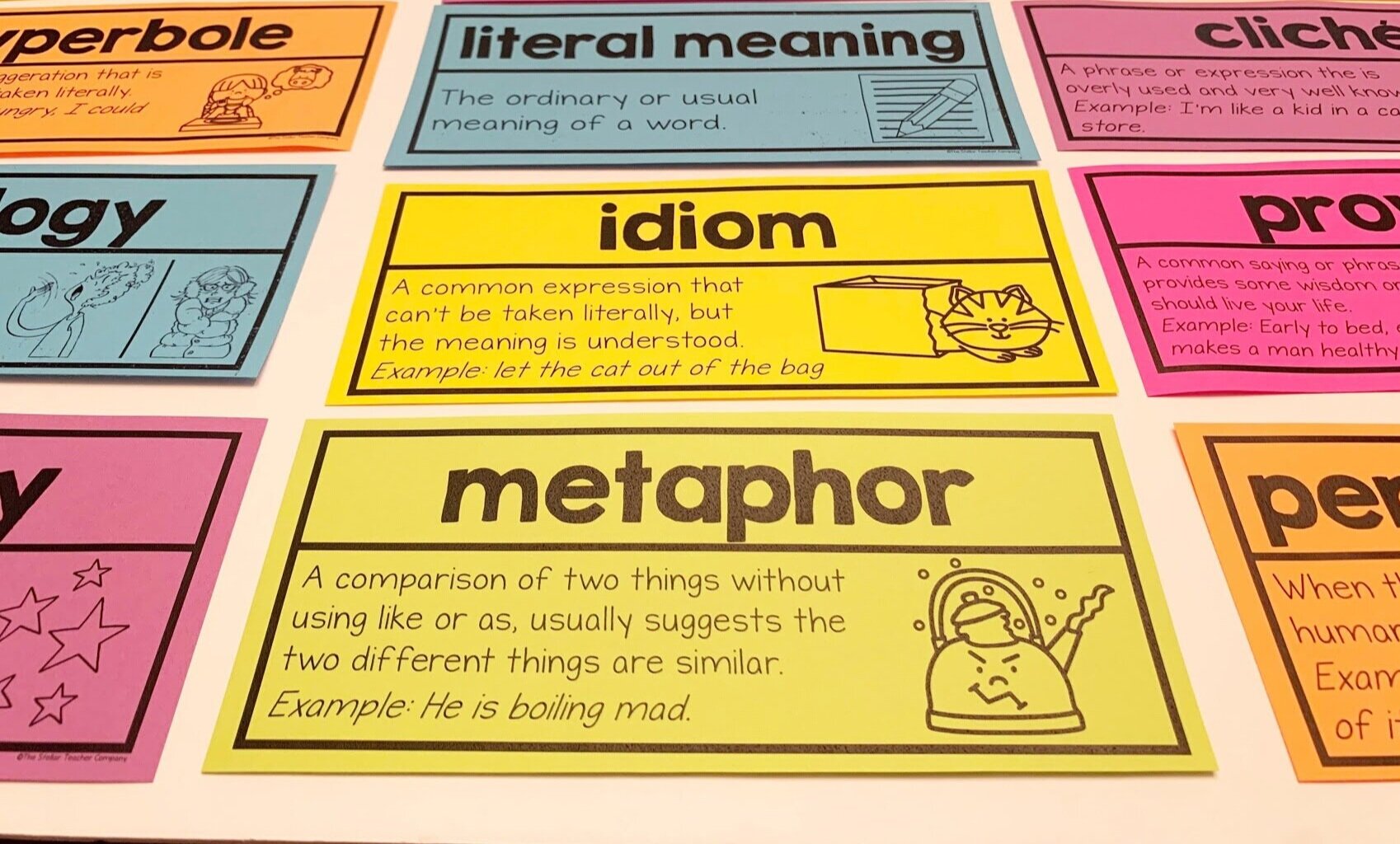
There are so many different types of figurative language and each type has its own set of rules or attributes. I like to explicitly teach and introduce my students to the various types before we try to identify it in our reading or use it in our writing.
I try to only introduce one or two types at a time so students don’t get confused between them all. You can use an anchor chart or a set of word wall cards to help you introduce each type to your students.
When I taught fourth grade, I would regularly teach my students the following types of figurative language:
- Metaphor
- Simile
- Idioms
- Personification
- Onomatopoeia
- Hyperbole
Occasionally we would discuss things like clichés and proverbs with some of my more advanced groups, but for the most part we just stuck to the list of six main types listed above.
Tip #2: Make sure students can identify figurative language in their reading.
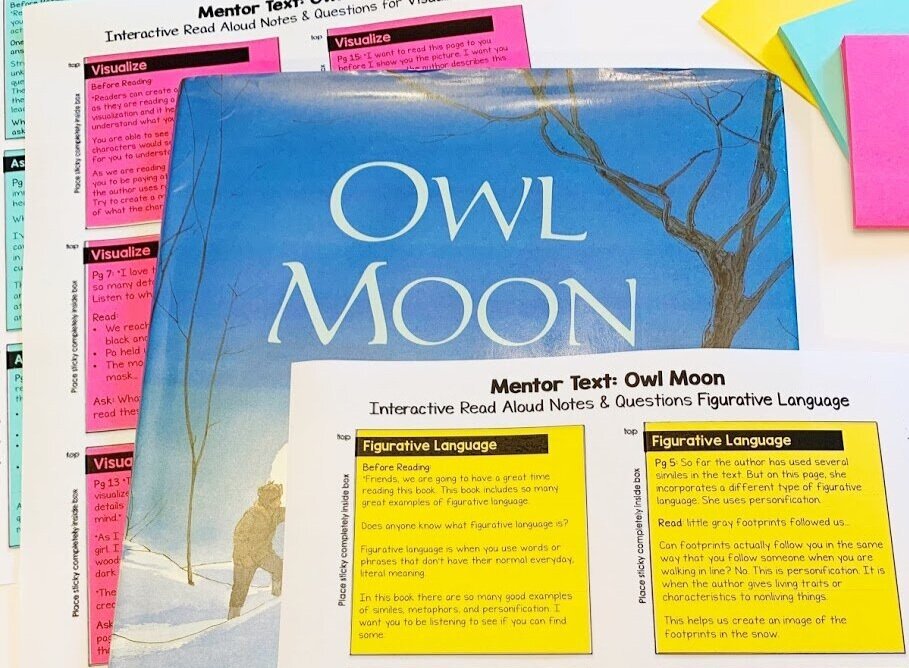
Once my students have been introduced to the different types of figurative language, then we start to look for examples. I’ll intentionally read picture books that I know have tons of examples of figurative language (Owl Moon is my favorite). I’ll start to point out examples and then ask students to look for examples in their own reading.
I like to make a class anchor chart with all the examples we find. If a student finds an example of figurative language in a book they are reading, they can just write it on a sticky note and add it to our class chart. This doesn’t take too much time and it gets students on the look out for examples of similes, metaphors, and idioms in the books they are reading.
As another form of independent practice, I also like to give students reading task cards that I know have examples of figurative language included in the text. If you let your students self-select their own independent reading texts, you can’t always guarantee they are reading something that includes figurative language. But if you incorporate task cards into your reading block either for literacy centers or for homework or morning work, then you know they will get plenty of practice identifying figurative language when they are reading.
Tip #3: Encourage students to use figurative language in their writing.
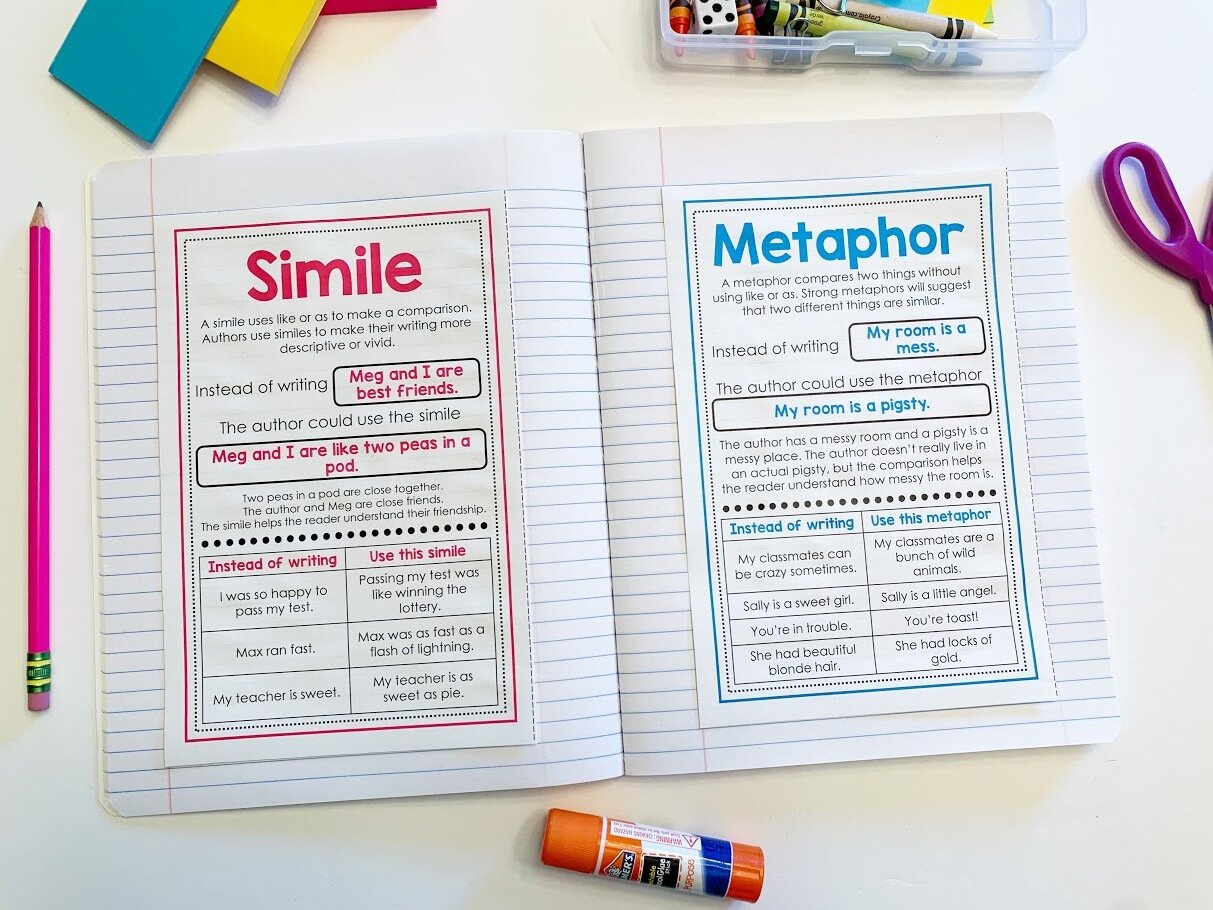
Once students have a pretty solid understanding of the different types of figurative language, I encourage them to start using it in their own writing. I like to show them how figurative language can enhance their writing. I created a set of anchor charts that was created specifically to help students use figurative language in their writing.
I love using these anchor charts because it explicitly shows students how the use of metaphors, similes, personification (and more) can enhance their writing and make it more fun and enjoyable to read.
- Rather than writing “Meg and I are friends.” I show my students they could write “Meg and I are like two peas on a pod.”
- Rather than writing “My room is a mess.” I show my students they could write “My room is a pigsty.”
- Rather than writing “I have a lot of homework.” I show my students they could write “I have a ton of homework.”
They are very simple changes, but just adding in a little bit of figurative language will help elevate the writing of your students.
I also encourage students to get inspired from other authors. I encourage them to go visit our class anchor chart and look for examples from the books we have been reading and see if they can incorporate it into their writing in some way.
Tip #4: Incorporate it into your daily or weekly routine.
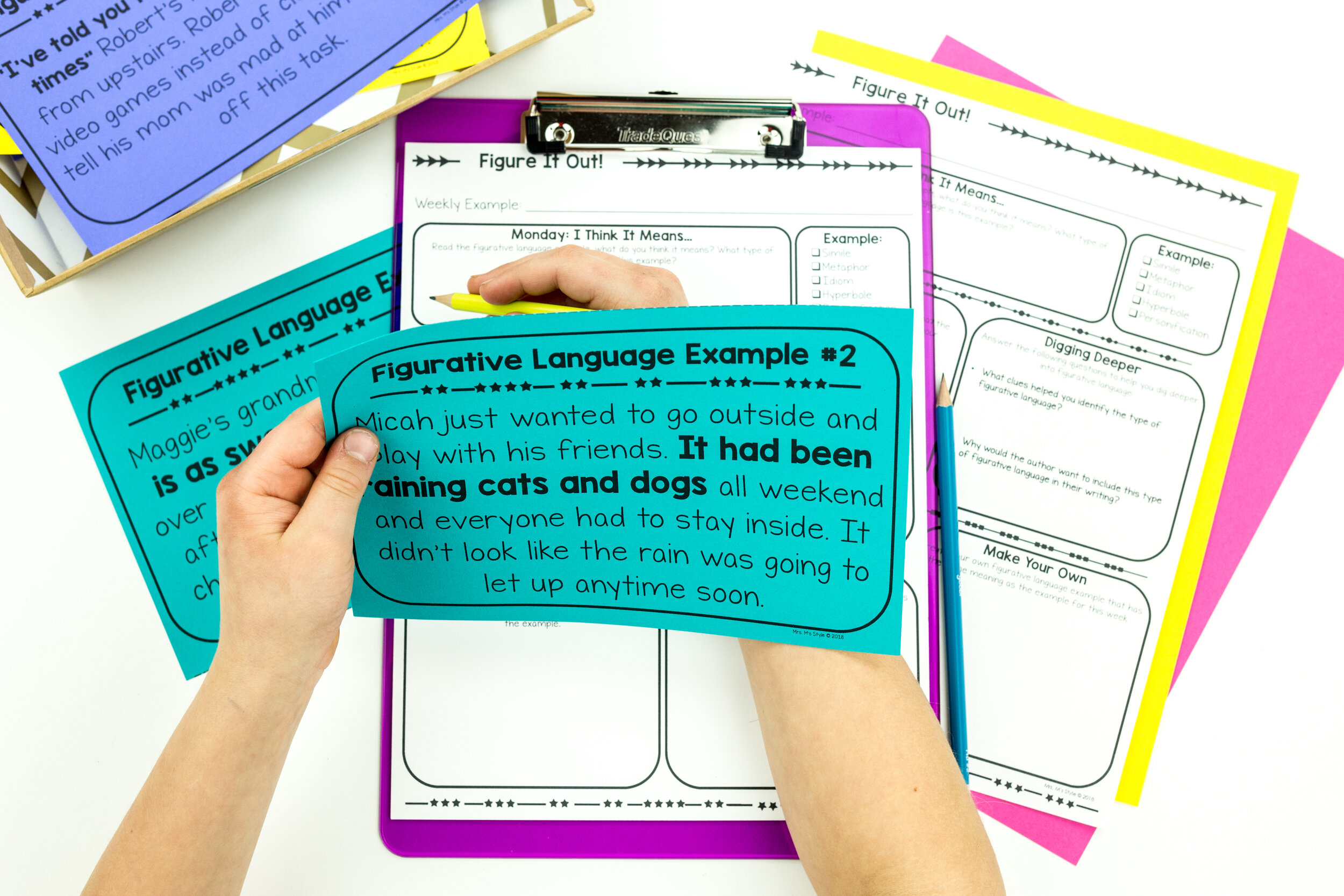
In addition to hunting for examples in our reading, I also like to do a weekly or daily routine where we look at an example of figurative language as a class. We decide what type of figurative language it is, what the author is really trying to communicate through that example, and discuss how it enhanced the writing.
This weekly discussion really helps students solidify their understanding of it and it gives them TONS of ideas for how they can incorporate it into their writing.
I also like using this weekly routine for figurative language because it is the same type of routine we use for teaching greek and latin roots and context clues. The familiarity of the routine really helps them build confidence and it really helps to improve their vocabularies as well.
Tip #5: Incorporate figurative language into your literacy work stations.
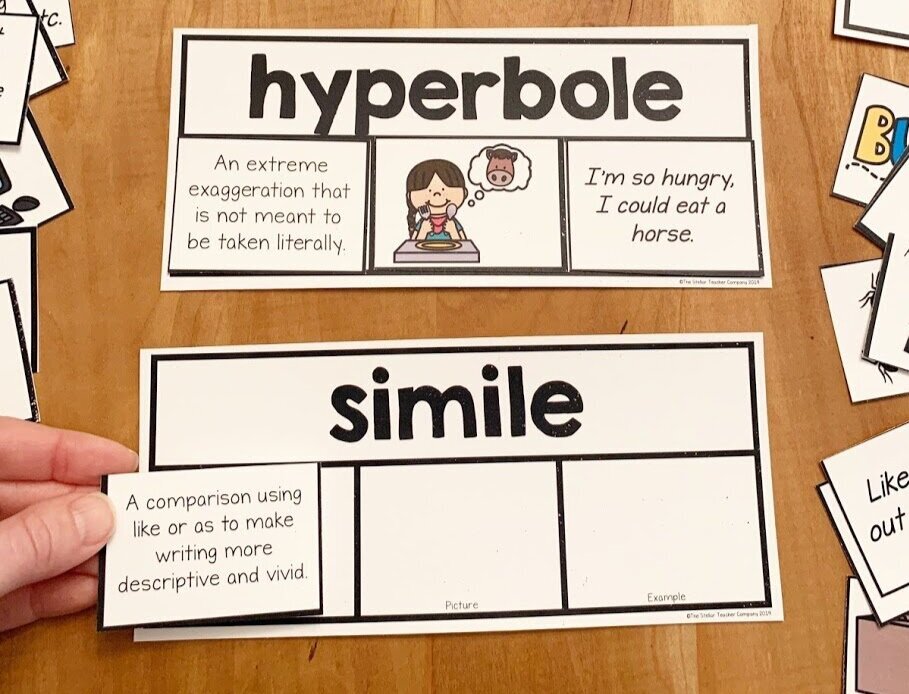
If you use reading workstations or have a specific set of activities for early finishers, consider making one of them related to figurative language. Students usually love activities that are related to figurative language. If you incorporate a writing or sorting activity into one of your centers they might not even feel like they are working. This is another easy way to expose your students to figurative language.
Figurative language is meant to be fun and light-hearted so however you decide to teach it, I hope that you and your students enjoy this topic. My one challenge for you is to try to be creative and let your students enjoy exploring and learning about this fun side of the English language.
Happy Teaching!
Download your free poster!
How to Read Big Words Strategy
Teach your students this five-step process for reading big multi-syllabic words. Students will feel much more confident knowing what steps to take when they encounter a tricky word in a text they are reading.
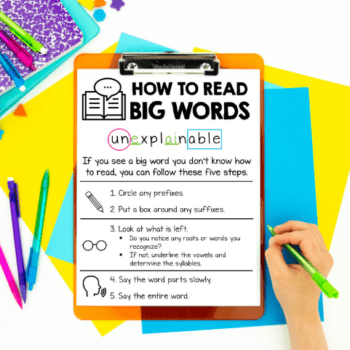
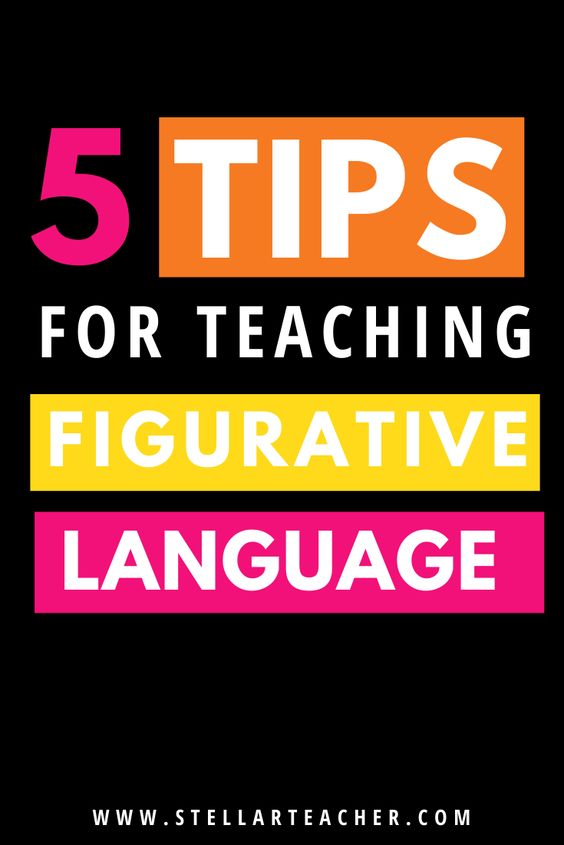


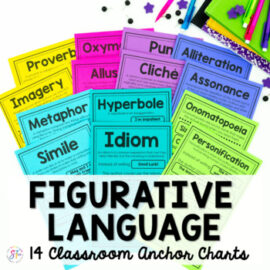
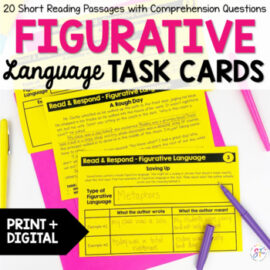
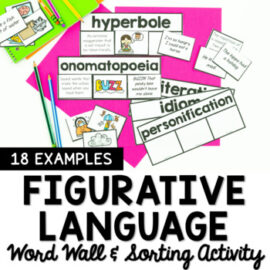
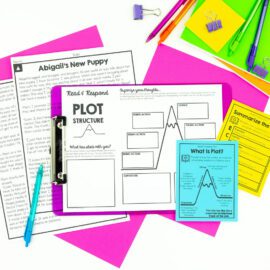
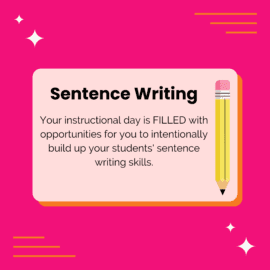









Leave a Comment
You must be logged in to post a comment.